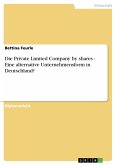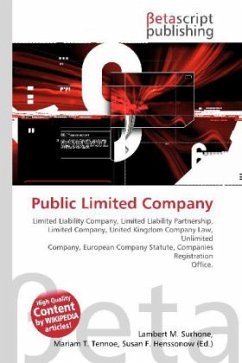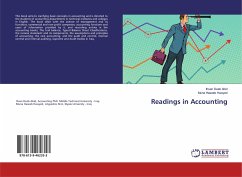Document from the year 2008 in the subject Business economics - Accounting and Taxes, , 140 entries in the bibliography, language: English, abstract: The study consists apart from the introduction of five main chapters. In the following Chapter Two of the study, references are outlined for conducting international tax burden comparisons. In the process, not just relevant requirements but also the benefits and drawbacks of each method are described. Subsequently, selection follows of the analysis method to apply herein. This is complemented by an outline of the UK and German tax systems and of key determinants that shape the tax law in each case. Finally valid corporation tax regulations are characterised for the United Kingdom and Germany respectively. This mainly entails a description of individual tax liability and a breakdown of the broad structure of the tax assessment bases. In Chapter Three, comparative examination is conducted of tax assessment bases for selected balance sheet items in the United Kingdom and in Germany respectively. In the first part of the chapter in reference to the authoritative principle under which tax regulations refer to commercial accounting regulations, initially the commercial accounting framework concepts are analysed applicable in the countries. In order to avoid differentiation uncertainties in the second part of the chapter, the general recognition criteria and value measures are discussed for balance sheet items. In the last and most extended section, finally a qualitative examination is conducted of balance sheet items from tax point of view. The balance sheet items concerned have been split for examination purposes generally according to the country between the United Kingdom and Germany as well according to respective item classes of definition, recognition, measurement and disposal. In conclusion to each partial examination, key similarities and differences are summarised and assessed applying qualitative perspective. In Chapter Four, the comparative assessment is extended to also comprise profit and loss items. The approach applied refers to the cost method structure, comprising apart from qualitative examination of tax treatment of selected profit and loss items also an analysis of general treatment of revenues and deductions respectively. Further the treatment of tax losses is discussed in the United Kingdom and in Germanyrespectively. Applicable corporation tax rates in the United Kingdom and in Germany are examined from both the qualitative and quantitative perspectives in Chapter Five. [...]
Hinweis: Dieser Artikel kann nur an eine deutsche Lieferadresse ausgeliefert werden.
Hinweis: Dieser Artikel kann nur an eine deutsche Lieferadresse ausgeliefert werden.








